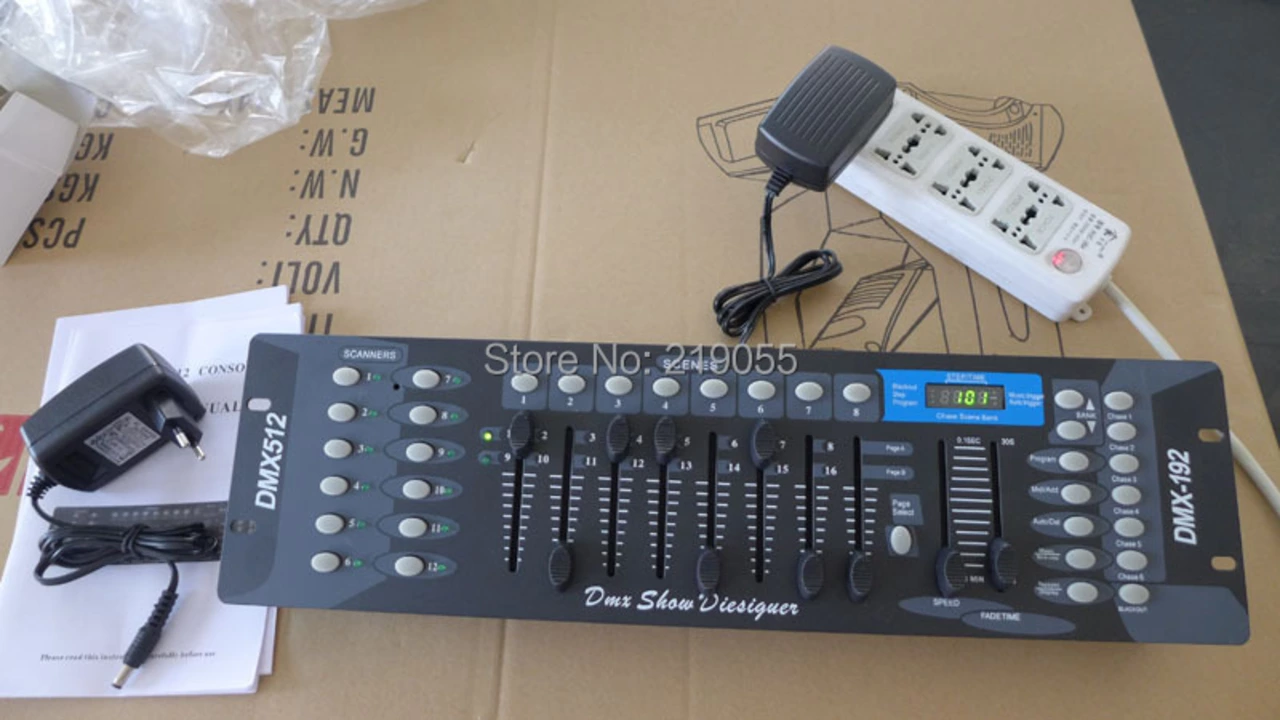Understanding DMX Addressing
In the world of stage lighting, the term 'DMX' refers to a standard for digital communication that is commonly used to control stage lighting and effects. A DMX address is a unique identifier that is assigned to each piece of lighting equipment in a setup. It's the way you tell your lighting console or software which fixture you want to control. Understanding how DMX addressing works is crucial for anyone involved in setting up or operating stage lighting systems. It's not as complicated as it sounds, but it does require a bit of knowledge and practice to get it right.
What is a DMX Address?
A DMX address, also known as a start address, is a unique number assigned to each lighting fixture in a DMX lighting network. This number tells the lighting console which fixture it's controlling. DMX addresses range from 1 to 512, which is the maximum number of devices you can control on a single DMX universe. Each lighting fixture could use anywhere from 1 to 32 channels, depending on its functions and features. So, assigning DMX addresses is like giving each light a unique address in the lighting network city.
The Importance of Correct DMX Addressing
Correct DMX addressing is essential for the smooth operation of your lighting system. If two fixtures are set to the same DMX address, they will respond to the same control signals, which can cause unexpected behavior. Similarly, if a fixture's address is set incorrectly, it may not respond to control signals at all. Proper DMX addressing ensures that each fixture responds to the correct control signals, allowing you to create exactly the effect you want on stage.
How to Set a DMX Address
Setting a DMX address is usually a straightforward process, but it can vary depending on the specific type of lighting fixture you're using. Most modern lighting fixtures have a digital display and buttons that allow you to easily set the DMX address. You simply navigate to the DMX address setting in the fixture's menu, then use the buttons to adjust the address to the desired number. Just remember to save your changes before exiting the menu.
Dip Switches and Binary Code
Some older or simpler lighting fixtures use dip switches instead of a digital menu to set the DMX address. Dip switches are small switches that you flip up or down to set the address. Each switch represents a binary number, and the combination of switches up or down forms the binary code for the DMX address. This method of setting a DMX address requires understanding how binary numbers work, but there are plenty of online tools and charts that can help you figure out the correct switch positions for any given DMX address.
Assigning Addresses to Multiple Fixtures
When you're setting up a stage lighting system with multiple fixtures, it's important to plan your DMX addressing carefully. You need to assign a unique address to each fixture, and you also need to account for the number of channels that each fixture uses. For example, if one fixture uses 16 channels and you set its address to 1, the next fixture's address should be 17 to avoid any overlap. A well-planned DMX addressing scheme can make programming and operating your lighting system much easier.
DMX Addressing and DMX Universes
A DMX universe is a group of up to 512 channels that can be controlled by a single DMX controller. If your lighting system includes more than 512 channels, you'll need to use multiple DMX universes. Each universe requires its own separate set of DMX addresses, so you can reuse addresses in different universes. When setting up multiple DMX universes, it's important to keep track of which fixtures are in which universe to avoid any confusion.
Troubleshooting DMX Addressing Issues
Even with careful planning, you may run into issues with your DMX addressing. If a fixture isn't responding as expected, the first thing to check is the DMX address. Make sure the address is set correctly and that no other fixtures are set to the same address. If you're using dip switches, double-check your binary code. Remember, troubleshooting is a normal part of working with stage lighting, and a bit of patience can go a long way.
Conclusion: Mastering DMX Addressing
Setting DMX addresses may seem daunting at first, but with a bit of knowledge and practice, you can master this essential aspect of stage lighting. Whether you're working with a small setup in a local venue or a large-scale production, understanding DMX addressing will allow you to create impressive lighting effects and ensure a smooth performance. So don't be afraid to dive in and start learning – your future shows will thank you!
